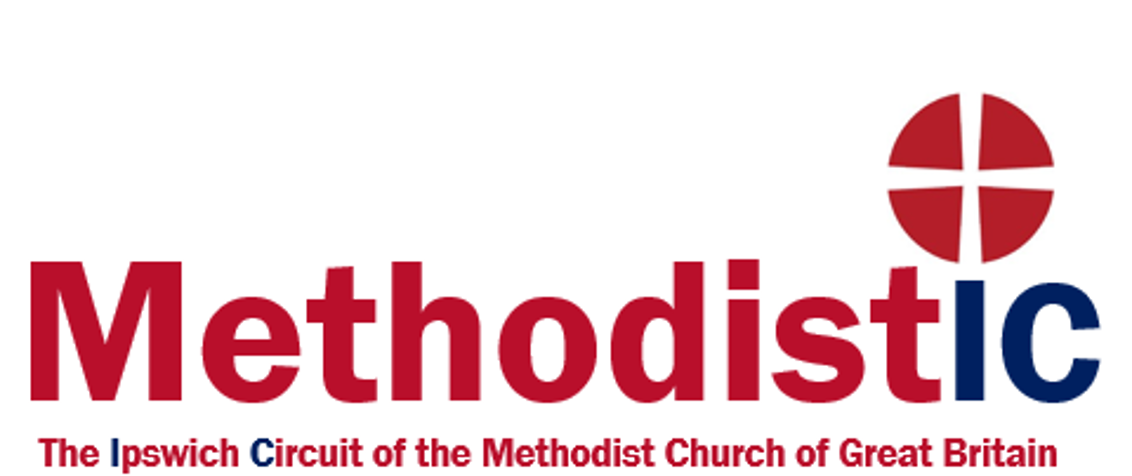Kigali 2010: Chosen theme: Many Species, One Planet, One Future
Rwanda was earning a worldwide reputation for weaving environmental sustainability into its plans for economic growth. As home to 52 endangered species, most notably the Mountain Gorilla, it was fitting for them to be the host nation for the 2010 marking of World Environment Day. This theme also resonated with the work of UNESCO who had designated 2005-2104 as the Decade of Education for Sustainable Development.
A Brief Look at Kigali in Rwanda
Kigali is a fairly new city (founded in 1907) becoming the capital of Rwanda at independence in 1962. The country of Rwanda is landlocked, being located in the Great Rift Valley amongst the African Great Lakes. It is a few degrees south of the Equator and has the nickname of the “land of thousand hills” indicating the elevation of the country.

Thousands of years ago much of the country was forested, but as the population has grown, most of the forest areas are now confined to the 3 National Parks. Most of the rest of the land has been converted to terraced agriculture. With few other natural resources, tourism is fast becoming an important industry. Home to numerous rare and endangered species, including the rare mountain gorilla, Rwanda is showing how environmental sustainability can be woven into the fabric of a country’s economic growth.
As the population grows, farmers are changing the crops they grow, leading to increased pesticide and fertiliser use, along with reduction in genetic variation of traditional crops. Threats to biodiversity also include introduction of non-native species, mining and forest fires.


Ideas for Further Study
Find out more about the importance of biodiversity, highlighted by Rwanda in 2010 here
- Why is this theme important to the host city/country?
- Why is the theme important in averting the climate crisis and supporting environmental sustainability?
- How did they raise awareness of its importance?
- What actions arose from this? Is the world in a better place because of it?
- What more might they have done with today’s knowledge?


